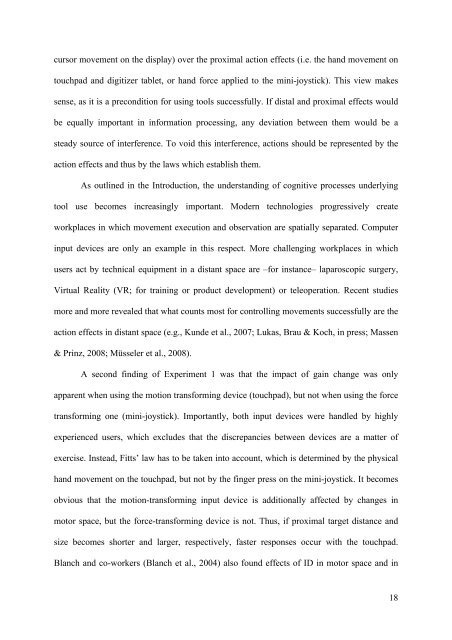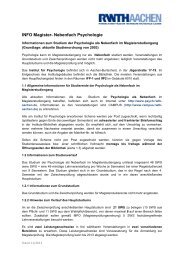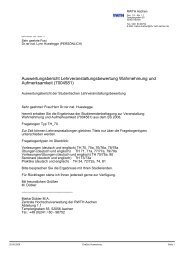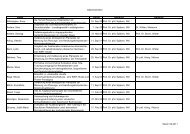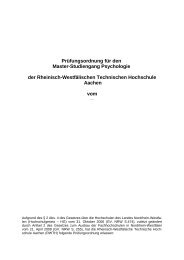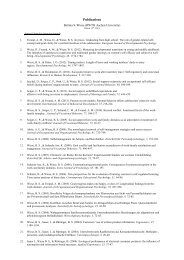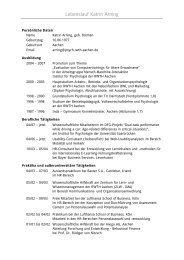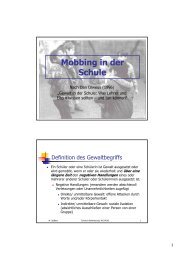1 Effects of Sensorimotor Transformations with Graphical Input ...
1 Effects of Sensorimotor Transformations with Graphical Input ...
1 Effects of Sensorimotor Transformations with Graphical Input ...
You also want an ePaper? Increase the reach of your titles
YUMPU automatically turns print PDFs into web optimized ePapers that Google loves.
cursor movement on the display) over the proximal action effects (i.e. the hand movement on<br />
touchpad and digitizer tablet, or hand force applied to the mini-joystick). This view makes<br />
sense, as it is a precondition for using tools successfully. If distal and proximal effects would<br />
be equally important in information processing, any deviation between them would be a<br />
steady source <strong>of</strong> interference. To void this interference, actions should be represented by the<br />
action effects and thus by the laws which establish them.<br />
As outlined in the Introduction, the understanding <strong>of</strong> cognitive processes underlying<br />
tool use becomes increasingly important. Modern technologies progressively create<br />
workplaces in which movement execution and observation are spatially separated. Computer<br />
input devices are only an example in this respect. More challenging workplaces in which<br />
users act by technical equipment in a distant space are –for instance– laparoscopic surgery,<br />
Virtual Reality (VR; for training or product development) or teleoperation. Recent studies<br />
more and more revealed that what counts most for controlling movements successfully are the<br />
action effects in distant space (e.g., Kunde et al., 2007; Lukas, Brau & Koch, in press; Massen<br />
& Prinz, 2008; Müsseler et al., 2008).<br />
A second finding <strong>of</strong> Experiment 1 was that the impact <strong>of</strong> gain change was only<br />
apparent when using the motion transforming device (touchpad), but not when using the force<br />
transforming one (mini-joystick). Importantly, both input devices were handled by highly<br />
experienced users, which excludes that the discrepancies between devices are a matter <strong>of</strong><br />
exercise. Instead, Fitts’ law has to be taken into account, which is determined by the physical<br />
hand movement on the touchpad, but not by the finger press on the mini-joystick. It becomes<br />
obvious that the motion-transforming input device is additionally affected by changes in<br />
motor space, but the force-transforming device is not. Thus, if proximal target distance and<br />
size becomes shorter and larger, respectively, faster responses occur <strong>with</strong> the touchpad.<br />
Blanch and co-workers (Blanch et al., 2004) also found effects <strong>of</strong> ID in motor space and in<br />
18


